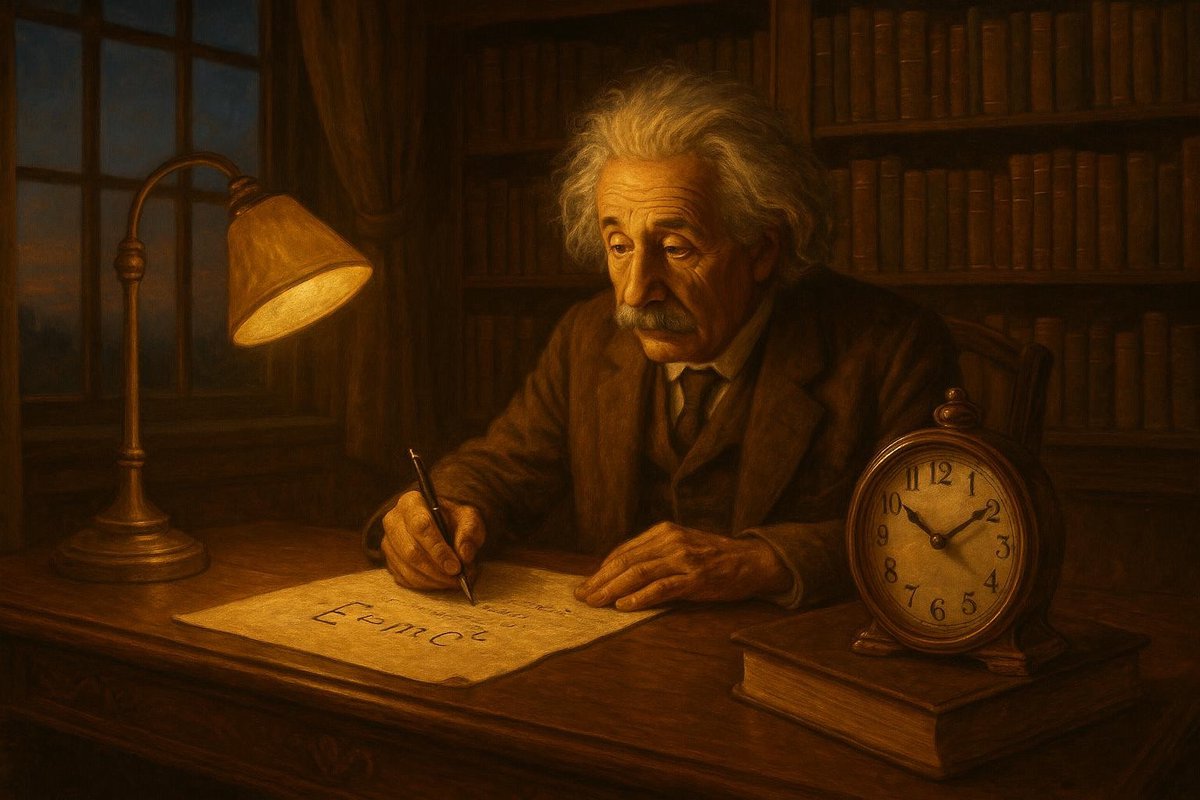
Imagine a universe where time flows like a river — sometimes speeding up, sometimes slowing down. This is not just the stuff of science fiction but a cornerstone of Albert Einstein’s Theory of Relativity. But how flexible is time really? Is it as elastic and fluid as Einstein portrayed, or have we clung too tightly to metaphors that might not hold?
Context: The Problem with Classical Physics
In the late 19th century, physics was at a crossroads. Classical physics, with its rigid conception of time as a constant, was struggling to explain anomalies in the movement of planets and the behavior of light.
- The Newtonian view treated time as an unchanging backdrop, akin to a stage where events unfolded.
- This assumption faltered in explaining discrepancies observed in celestial mechanics.
Many people believed that the universe’s clock ticked at a constant rate, unaffected by the observer or conditions. However, as time went on, scientists like Henri Poincaré began to hint at the insufficiencies of this view. The cultural thirst for progress and innovation, driven by rapid industrialization, set the stage for breakthroughs that would challenge established paradigms.
The Theoretical Breakthrough: Einstein’s Radical Leap
In 1905, Einstein shattered the rigid constraints of classical physics with his audacious concept of space-time. He proposed that time is not a universal constant but relative, varying with the observer’s speed and gravitational field.
- His famous equation, E=mc², encapsulated the idea that mass and energy are interchangeable, suggesting time’s pliability.
- This breakthrough was not just a scientific revelation; it was a philosophical upheaval.
Interestingly, Einstein’s genius lay in his ability to think abstractly yet concretely. He visualized riding alongside a beam of light, pondering what the universe would appear to be at such a speed. His intellectual style was marked by thought experiments, questioning reality through imagined scenarios. This reimagining of time and space redefined how we perceive the universe.
Supporting Evidence: The Proofs That Changed Everything
Einstein’s theory wasn’t just theoretical. It found validation in the physical world, though not without initial skepticism. Many of the phenomena he described were later observed, reinforcing his vision of a flexible time.
- Gravitational redshift and time dilation were confirmed by experiments decades later.
- During a 1919 solar eclipse, Arthur Eddington’s observations supported Einstein’s predictions about light bending.
Such evidence demonstrated that time and space are interwoven, much like the threads of a tapestry. The world witnessed a paradigm shift, akin to peeling away the layers of an onion to reveal a more complex inner reality. These confirmations were pivotal, as science gradually embraced a more nuanced understanding of time.
Modern Relevance: Time’s Flexibility Today
Fast forward to today, and the pliability of time continues to captivate and challenge our understanding. Technologies like GPS rely on relativistic corrections to function accurately, proving that Einstein’s ideas are not just theoretical musings but practical necessities.
- Time dilation affects satellites orbiting Earth, requiring adjustments to their clocks.
- Even contemporary physics struggles with time’s nature, as quantum mechanics presents its own challenges.
As we delve deeper into the quantum realm and explore the cosmos, the question remains: Is time as flexible as Einstein suggested, or is there an undiscovered rigidity waiting to be uncovered? The pursuit of such knowledge fuels scientific inquiry, inviting us to rethink assumptions as we chart new frontiers.
In conclusion, the elasticity of time as envisioned by Einstein remains a compelling narrative in our quest for understanding. His legacy invites us to question, to imagine, and to explore beyond the confines of established thought. It is a reminder that even the most entrenched beliefs can and should be challenged, for therein lies the essence of scientific progress.
Fuel Someone Else’s Curiosity
Enjoyed this exploration of time’s flexibility? Share this article with friends, spark a conversation, and dive into the profound questions that still stir our curiosity. After all, isn’t that what science is truly about?

Leave a Reply